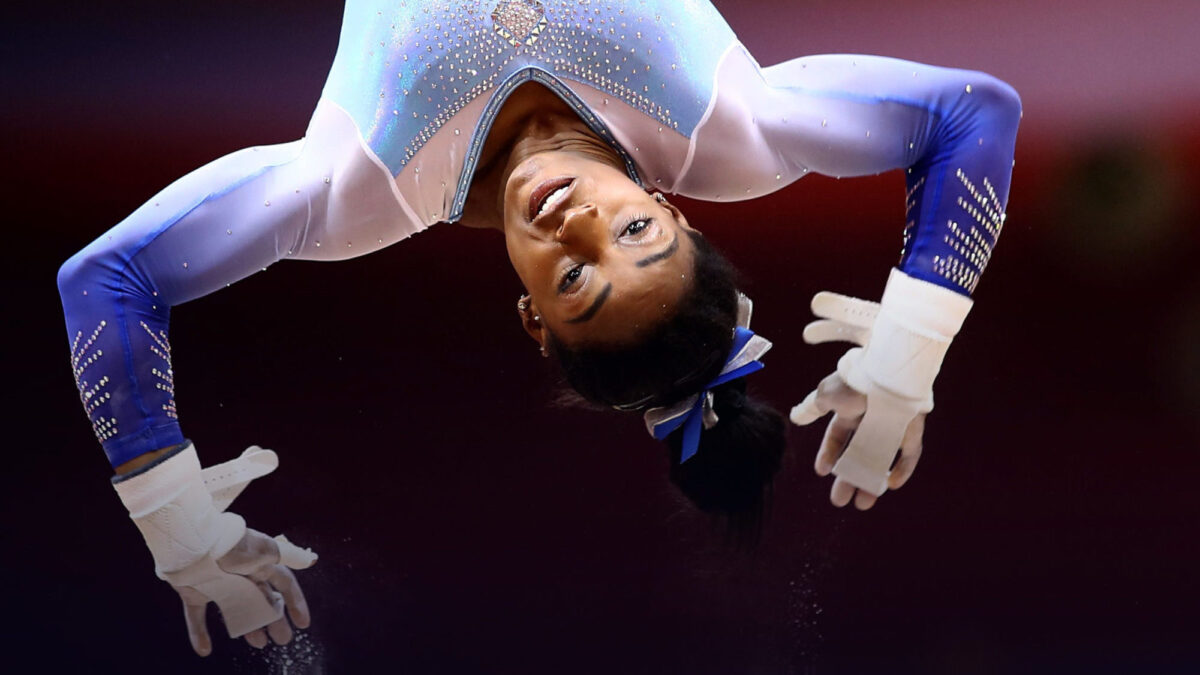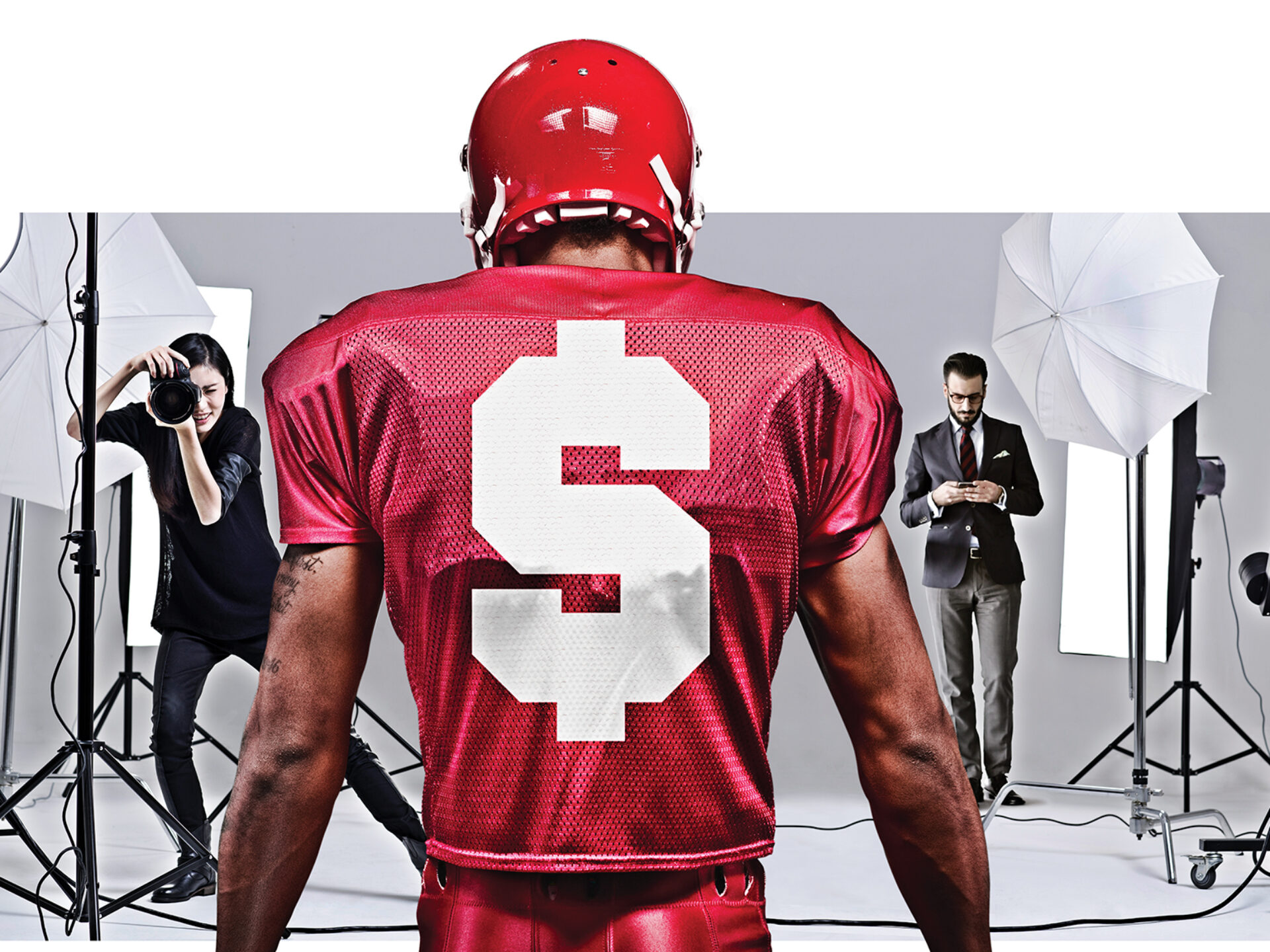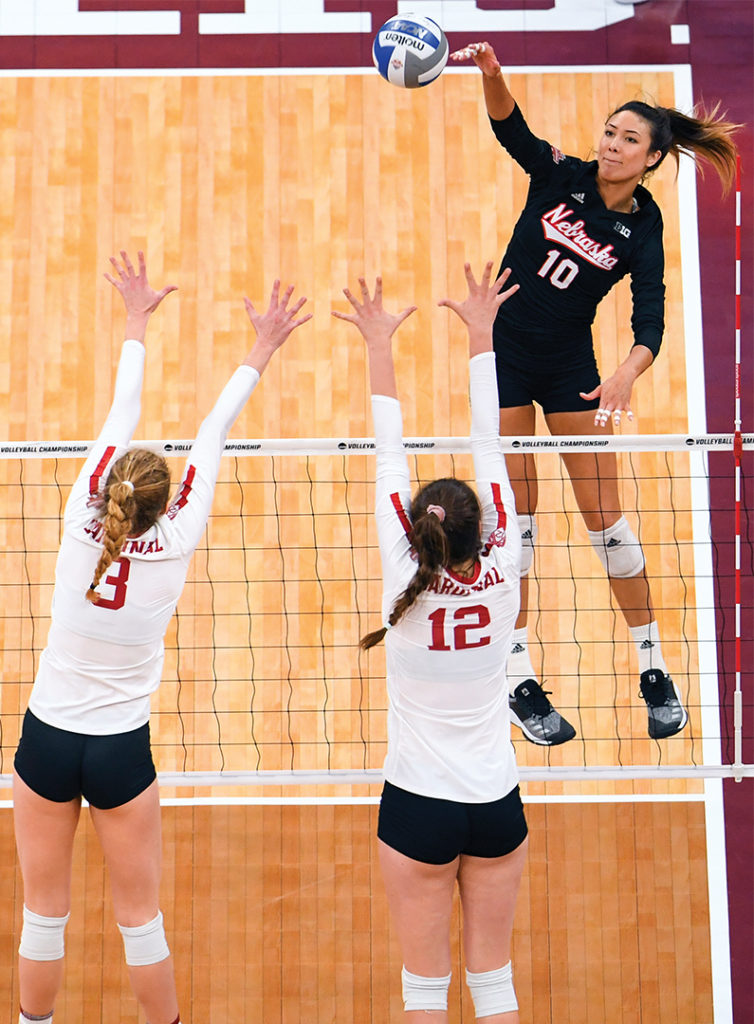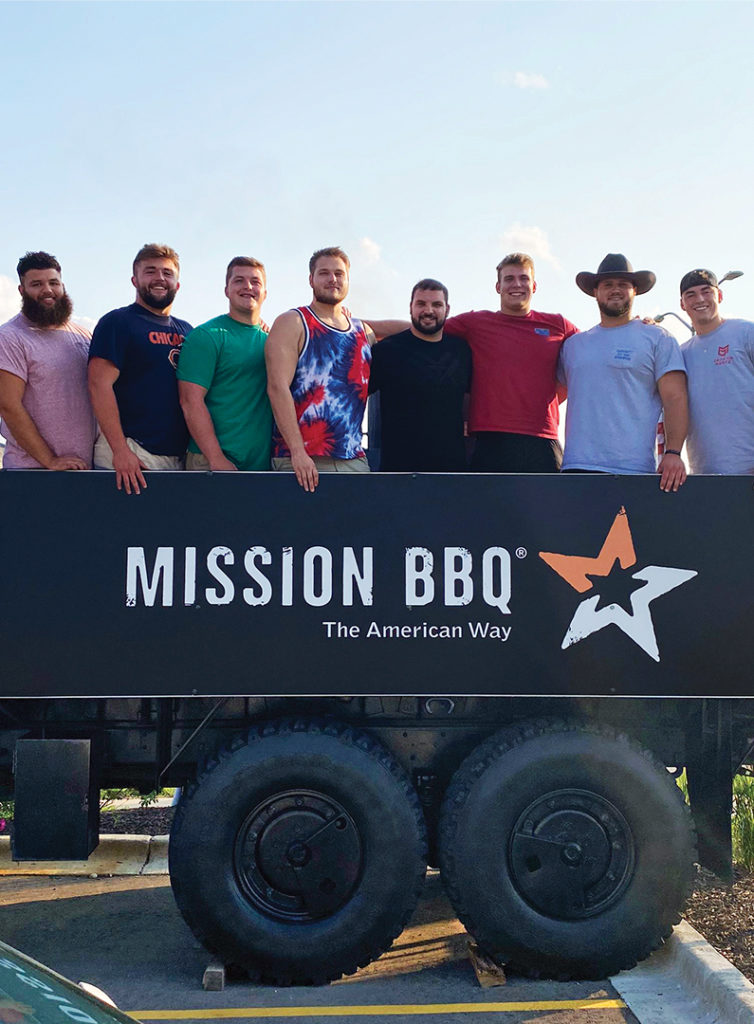Magazine

November 15, 2021

This article was originally published in Populous Magazine, our biannual publication featuring news and trends from the worlds of sport, entertainment, and major public events. Find out more, and sign up to receive a free copy, here.
In the United States, long-standing laws banning sponsorship of student athletes have been overturned. University students in all sports can now earn money from their name, image and likeness, or NIL. Kristi Dosh, from Business of College Sports, explains.
DJ Uiagalelei, quarterback for Clemson University’s American football team the Clemson Tigers, recently made history when he became the first student athlete to sign a national advertising campaign. Any time now he will be appearing in TV commercials for the soft drink Dr Pepper.
Financial details of his sponsorship deal haven’t yet been released. But other student athletes are happy to discuss their new earning potential. The head football coach at the University of Alabama, for example, has revealed that his quarterback, Bryce Young, is already nearing seven figures in sponsorship deals. Meanwhile Tennessee State University basketballer Hercy Miller, the son of rapper Master P, has signed the largest public deal to date: a US$2 million agreement with software company Web Apps America.
These are US college athletes, however, not professionals. So why is this so important? Because on July 1, 2021, college student athletes gained the right for the first time to profit from commercial use of their personal identities. In US sport, it’s a phenomenon known as name, image and likeness, or NIL, for short. A longstanding rule imposed by the student athlete governing body, the National Collegiate Athletic Association [NCAA], had previously prohibited student athletes from earning money from signing autographs, making personal appearances, selling game-used gear, or even posting on social media.
Changes were spurred when the State of California passed the Fair Pay to Play Act in 2019. Since then, 25 or so states, including Florida, Alabama, Texas and Ohio, have passed similar laws. Although California’s law wasn’t due to activate until 2023, Florida set a new timeline when it passed a law with a July 1, 2021 start date. This effectively forced the NCAA to act in order to avoid a standoff between state laws and their own regulations.
The NCAA passed interim rules related to NIL on June 30, 2021, allowing student athletes in all states to begin monetising their NIL the following day. The interim rules instructed those with an effective state law to follow the provisions of those laws, while institutions in states without effective laws were free to set their own guidelines. This has resulted in a patchwork of state laws, NCAA rules and institutional policies across the country, and a continued urging for US Congress to enact a uniform national law.
Although state laws and institutional policies vary, there are common provisions limiting areas such as pay for performance, NIL deals in certain categories (alcohol, tobacco and gambling, for example), and the use of university intellectual property without permission.
The first wave of opportunities for student athletes was overwhelmingly focused on social media. According to data from Opendorse, which operates a marketplace where brands can sign up student athletes, 88.5 per cent of all deals on its platform in July 2021 were social media promotions. Other categories included licensing NIL rights (3.9 per cent), creating content (2.7 per cent), personal appearances (2 per cent), hosting sports camps (1.7 per cent), selling products (0.7 per cent) and signing autographs (0.4 per cent).
The average amount reported on the Opendorse platform was $400 per athlete, although there was a large disparity between the different NCAA divisions. For Division I, the top level of US college sport, the average pay per athlete was $471. In Division II it dropped to $81, and in Division III to $47.
Among the very first agreements announced on July 1 were deals between removal company College Hunks Hauling Junk and University of Miami footballers D’Eriq King and Bubba Bolden, each worth a reported $20,000. Another early deal, also involving the Miami Hurricanes, saw mixed martial arts gym American Top Team offering every scholarship player on the team $500 per month to promote their gyms. Since then, multiple deals have been offered to entire teams or groups of players, such as offensive lines or defensive lines.
Prior to NIL legislation, there was debate over whether endorsement opportunities would be limited to high-profile sports such as American football and basketball, or whether there might also be a market for student Olympians. Some believed women would be adversely impacted. It seems those fears were unfounded, though. According to sports software company INFLCR, in July 2021, 53 per cent of all transactions were from sports outside of American football or basketball, while 20 per cent involved female students.
Two women who made a splash early on were twins Haley and Hanna Cavinder. The basketball players from California State University, Fresno, signed partnerships with telecoms company Boost Mobile and nutrition brand Six Star Nutrition, appearing on a billboard in New York City’s Times Square. With 3.5 million followers on their TikTok account, the twins are expected to have ample opportunities to cash in on their fame.
Louisiana State University gymnast Olivia Dunne, and basketball players Sedona Prince (University of Oregon) and Paige Bueckers (University of Connecticut) have all been identified as women likely to see the largest NIL deals alongside the Cavinder twins.

"The group deals already proliferating the NIL marketplace also point to future opportunities for student athletes and athletic departments as partners..."
Students at the University of Central Florida have also enjoyed NIL success, and in their case, it was as a team. The women’s basketball team became the first to receive an NIL deal that benefited everyone on the roster, when they partnered with College Hunks Hauling Junk. Each team member was offered $500 to promote the company on social media, with the opportunity to earn more through commissions.
There have also been several deals where group of players are offered free meals at local restaurants in return for promotion. Perhaps the most touching group deal so far is from a company called Built Bar. This protein bar manufacturer has agreed to pay the equivalent cost of tuition fees to every walk-on athlete (non-scholarship athlete) in Brigham Young University’s football programme in exchange for promotion. Walk-ons typically pay their own tuition, so this puts them on the same footing as their scholarship counterparts on the team.

The group deals already proliferating the NIL marketplace also point to future opportunities for student athletes and athletic departments as partners. The University of North Carolina and Ohio State University, for example, have already announced group licensing programmes, which will allow student athletes to use NIL in conjunction with university and athletic department intellectual property. Merchandise such as jerseys, video games, apparel, trading cards and more are envisioned.
Potential collaborations are limitless, from physical merchandise to digital merchandise, known as non-fungible tokens, or NFTs. Many athletic departments had worried about losing revenue when sponsors opted to work directly with student athletes. It turns out, though, that both individuals and departments can jointly produce new revenue streams. This is great news all round for college sport.
Lorem ipsum dolor sit amet consectetur, adipisicing elit. Non facere corporis et expedita sit nam amet aut necessitatibus at dolore enim quis impedit eius libero, harum tempore laboriosam dolor cumque.
Lorem, ipsum dolor sit amet consectetur adipisicing elit. Illo temporibus vero veritatis eveniet, placeat dolorem sunt at provident tenetur omnis, dicta exercitationem. Expedita quod aspernatur molestias eum? Totam, incidunt quos.